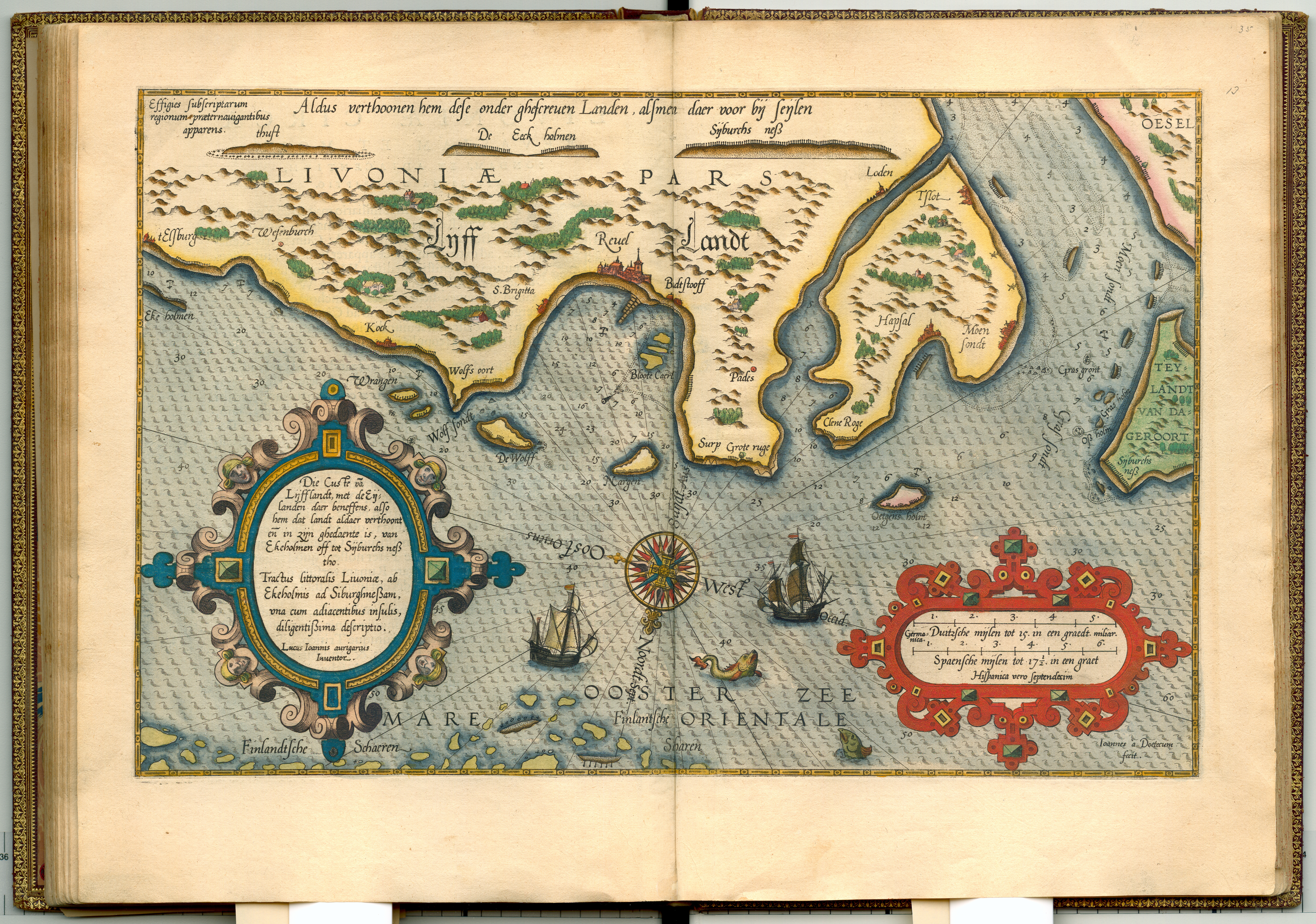A difficult, poorly marked and completely unlit route led from the sea to Helsinki in the 16th century: ships had to first manage from the open sea to the roadstead of Isosaari island (Miölö), and then find their way through the islands of Susisaari and Vallisaari to the open water of Kruunuvuori. From there, they would have to make their way onwards to Koskela, at the bottom of the Vanhankaupunginlahti bay. As far as Gustav Vasa was concerned, it was a fine passage as it headed towards Tallinn, but the king was also aware of the difficulties the route presented. He sent a letter indicating that the entry point to the city was to be improved by way of cairns and barrels anchored in place. This was to ensure visibility from out at sea, as was habitual in Germany at the time. Still, the difficulty of the route was strategically useful in terms of defence –– it was tricky for the enemy to navigate. For large ships, unfamiliar with the route, entry was unlikely to be successful, at least without a pilot. Some cargo was probably unloaded in Santahamina, and then transported by barge to Forsby, i.e. Koskela.
A ship arriving in Helsinki would sail through the wooden forts located in today’s Kustaanmiekka strait. When Gustav Vasa visited Helsinki around 1555, wooden fortifications, or redoubts, were built on Susisaari – the current main island of the Suomenlinna sea fortress. Redoubts were also used to fortify the city on the mainland. Similarly, Vallisaari island has had a fort since early in its history, because the Swedish name of the island was Skanslandet in the 17th century (map by Samuel Brotherus from 1690). In the 18th century, depending on the source, Vallisaari was known as either Båklandet –– with båk referring to an unlit lighthouse –– or Träskö, which referred to the lake in the interior of the island. The lake was important for seafaring purposes as drinking water was sourced there. There was also a navigable channel to the east of Vallisaari, which was blocked in the 18th century with underwater sinkings. These islands formed the front line of the city's sea defence, which then expanded to the outer islands over time.
Sources and literature
Gustav den I Registratur (GIR) 1550, 43, 317
Aalto, Seppo 2012. Sotakaupunki. Helsingin Vanhankaupungin historia 1550–1639. Helsinki: Otava.
Kuisma, Markku 1990. Helsingin pitäjän historia II. Vanhan Helsingin synnystä isoonvihaan 1550–1713. Vantaa: City of Vantaa.


